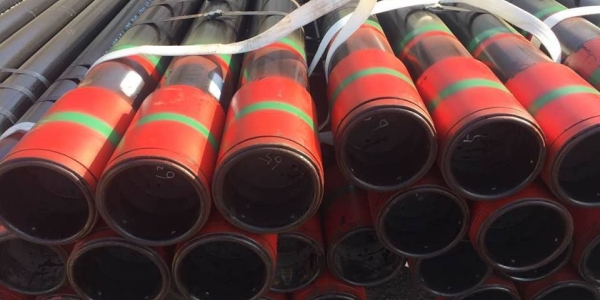The requirements for the inner and outer surfaces of an oil casing pipe are essential to ensure the integrity and performance of the casing in oil and gas drilling and production operations. These requirements are typically specified by industry standards and regulations and can vary depending on factors such as the well's depth, formation conditions, and the specific purpose of the casing. Here are some key requirements for both the inner and outer surfaces of oil casing pipes.

Inner Surface Requirements:
- Smoothness
The inner surface of the casing should be smooth to facilitate the passage of drilling tools, completion equipment, and to reduce friction during operations. This helps prevent damage to the equipment and ensures efficient well construction.
- Cleanliness
The inner surface must be free from debris, rust, scale, or any other contaminants that could impair the wellbore integrity or obstruct fluid flow.
- Corrosion Resistance
The inner surface should be protected against corrosion, as exposure to corrosive fluids or gases in the wellbore can compromise the integrity of the casing. Corrosion-resistant coatings or materials are often used to protect the inner surface.
- Geometry
The inner diameter and ovality (out-of-roundness) should meet specified dimensional tolerances to ensure proper casing and cementing operations. These dimensions are typically governed by industry standards.
Outer Surface Requirements:
- Corrosion Resistance
The outer surface of the casing must be protected against environmental corrosion, especially when the well is exposed to harsh conditions or corrosive elements. This protection may be achieved through coatings or use of corrosion-resistant materials.
- Thread Integrity
The threaded connections on the outer surface of the casing must be designed and manufactured to withstand high loads, torque, and pressure, ensuring a reliable and leak-proof connection with other casing sections and wellhead components.
- External Coatings
Depending on the well's location and conditions, additional external coatings may be applied to provide protection against external elements, such as soil, water, and chemical exposure.
- Markings
The casing should be clearly marked with essential information, including the manufacturer's name, heat number, size, grade, and other relevant details for identification and quality control purposes.
- Handling and Transportation
The outer surface should be free from defects or damage that could occur during handling, storage, and transportation. Proper handling procedures and equipment are essential to prevent scratches, dents, or other surface damage.
- Dimensional Tolerances
The outer diameter and ovality of the casing should meet specified dimensional tolerances, as per industry standards and regulations.
It's important to note that the specific requirements for inner and outer surfaces of oil casing pipes can vary based on factors like well design, drilling conditions, and the applicable standards and regulations in the region where the well is being drilled. Oil and gas operators and drilling contractors typically work closely with casing manufacturers to ensure that the selected casing meets all necessary specifications and requirements for the intended well application.

 English
English Español
Español




 Tel : +86-18565811709
Tel : +86-18565811709 Email :
Email : 

 News
News




